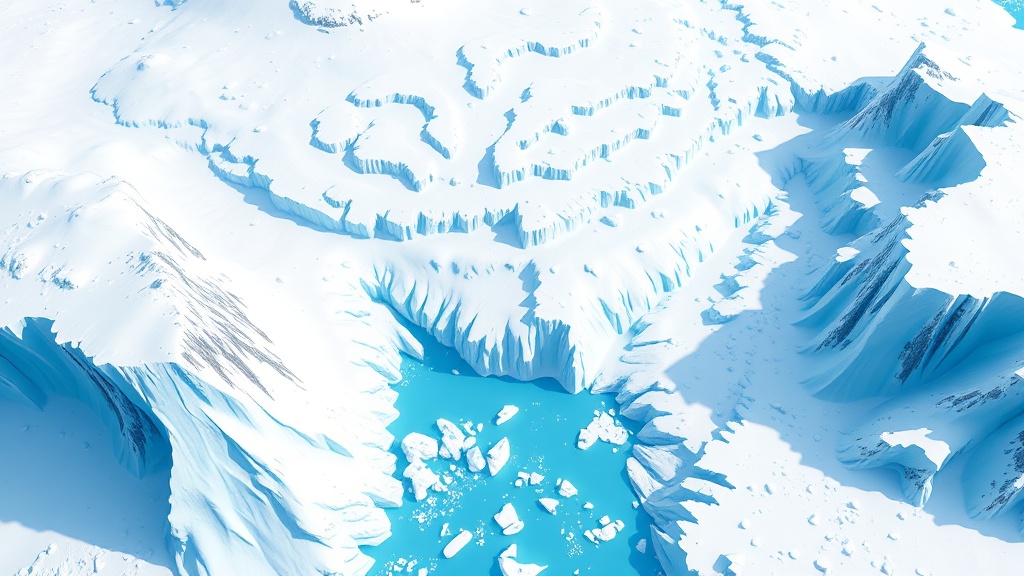Home / Environment / Antarctic Glacier Retreats 5 Miles in 2 Months, Fastest Retreat on Record
Antarctic Glacier Retreats 5 Miles in 2 Months, Fastest Retreat on Record
3 Nov
Summary
- Antarctic glacier Hektoria shrunk by nearly 50% in just 2 months
- Fastest retreat recorded in modern history, with major implications for sea level rise
- Retreat caused by loss of stabilizing sea ice, leading to rapid calving and disintegration

According to a new study published in the journal Nature Geoscience, an Antarctic glacier named Hektoria has shrunk by nearly 50% in just two months, marking the fastest retreat recorded in modern history. This alarming development has significant implications for global sea level rise.
The Hektoria Glacier, roughly the size of the city of Philadelphia, is located on the Antarctic Peninsula, one of the fastest-warming regions on Earth. Typically, grounded glaciers like Hektoria retreat no more than a few hundred meters per year. However, between November and December 2022, the glacier retreated by a staggering 5 miles, a rate that the study's authors describe as "astonishing" and "just crazy."
The rapid disintegration of Hektoria was triggered by the loss of stabilizing sea ice in the surrounding bay. In 2011, the bay had been filled with fast ice, which had allowed the glaciers to advance and form thick, floating ice tongues. But in 2022, this fast ice broke up, destabilizing the glaciers and causing them to lose their ice tongues and retreat at an unprecedented pace.
Advertisement
The researchers attribute Hektoria's rapid retreat to the glacier's unique underlying structure, which features an ice plain where the sliding ice glides over flat sediment on the seabed. As the glacier thins, the ice starts to rise up, and water pushes underneath into its crevasses, exerting pressure and causing large slabs to break off in a process called calving. This "domino effect" of one iceberg calving exposing the glacier behind it to the same pressures has led to Hektoria's near-demise.
While Hektoria is a relatively small glacier, the researchers warn that this process could have "catastrophic implications for sea level rise" if it were to occur in larger glaciers in Antarctica, which holds enough ice to raise global sea levels by around 190 feet. As climate change accelerates, the loss of sea ice in the region is expected to continue, potentially leading to the destabilization of other glaciers and further contributions to sea level rise.
The study's findings underscore the urgent need to better understand the complex processes at play in Antarctica's glaciers, which remain some of the most inaccessible environments on Earth. As the planet continues to warm, the rapid retreat of Hektoria serves as a stark reminder of the profound impact that climate change can have on even the most remote and seemingly stable regions of the world.



